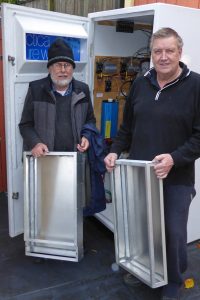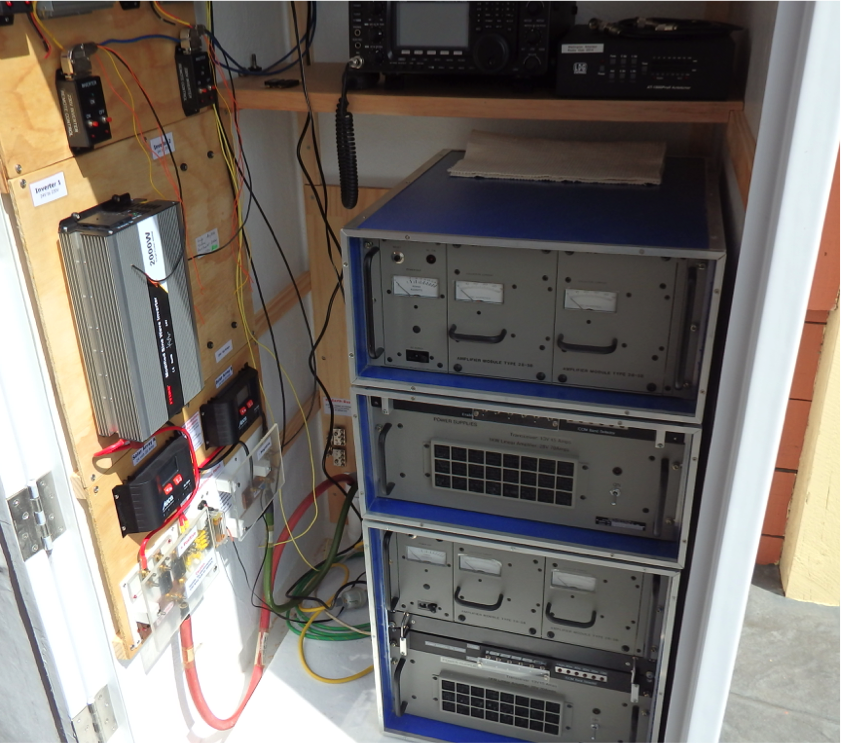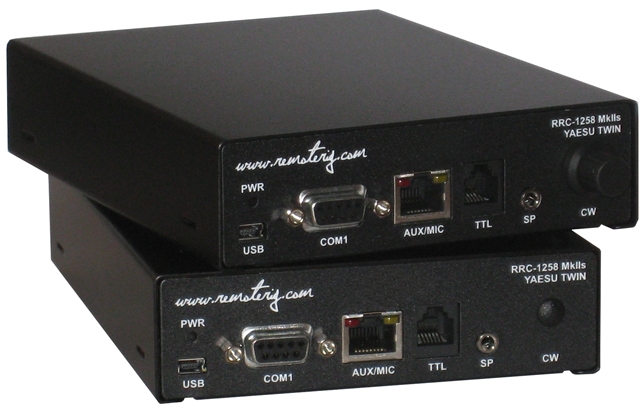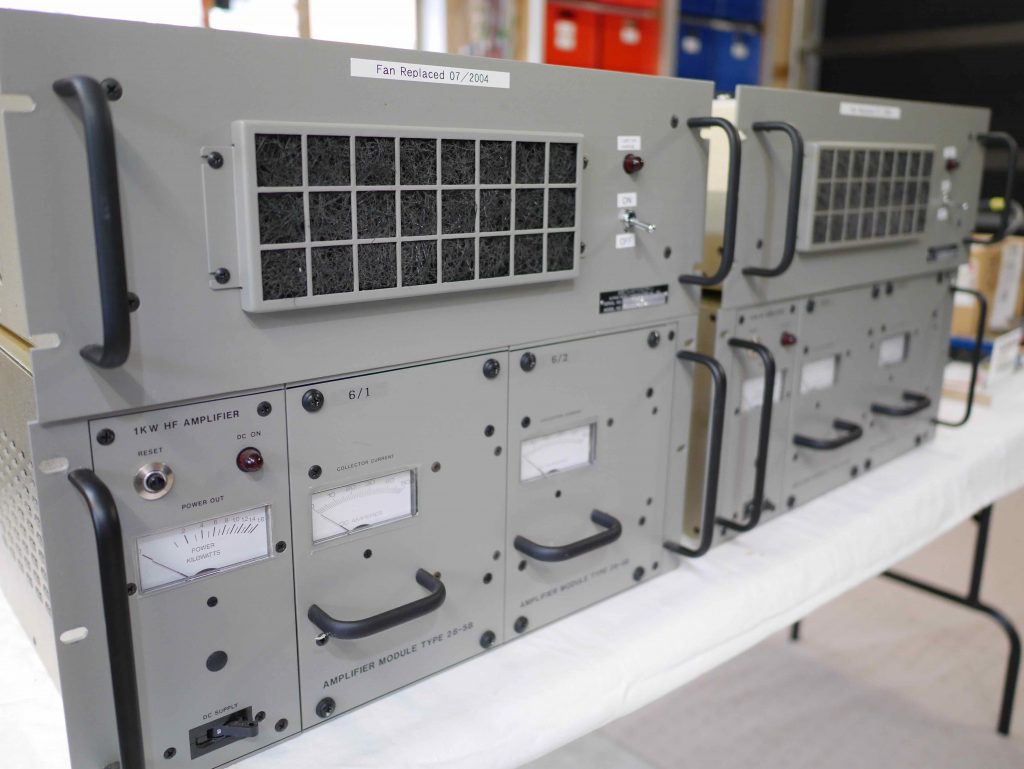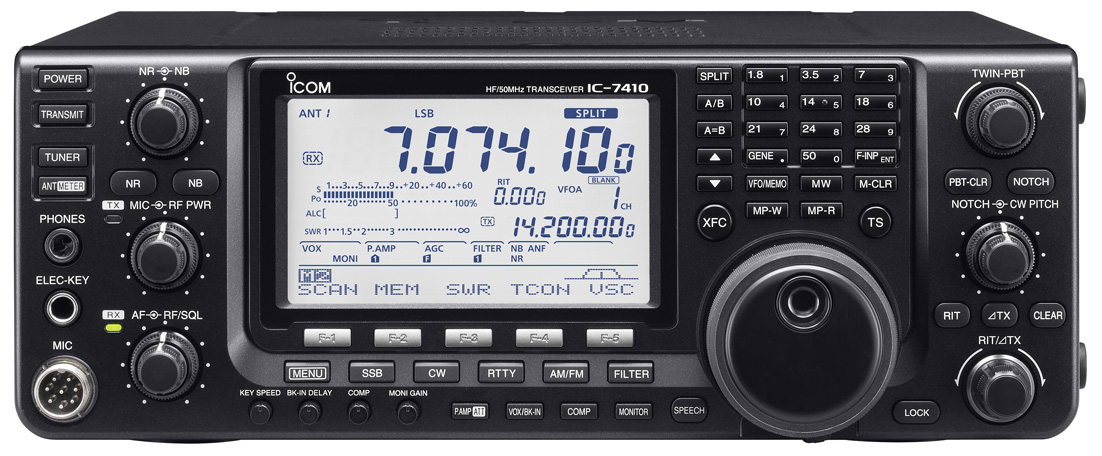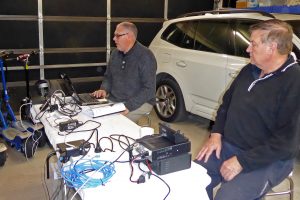
On Queen’s Birthday Monday, a bleak and dreary day in winter, Bernard ZL2BD, Doug ZL2AOV and Mike ZL1AXG met at Bernard’s QTH to test the use of our RemoteRig units over the mesh network.
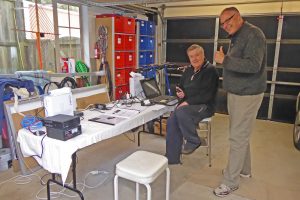
The Remote Rig devices (Radio and Control units) were configured with the radio end with a fixed IP in the address range of the mesh node. The control device was configured to acquire an IP address using DHCP and connect to the fixed IP address.
The two mesh nodes can be seen on top of the white boxes with an air gap in between in the photo to the left. The RemoteDX Inc transceiver, an ICOM IC7100, can be seen on the left hand side of the work bench.
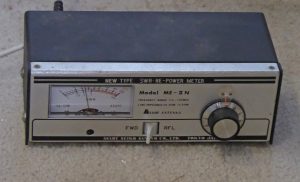 No problems were encountered. The test was concluded successfully as indicated by the power meter showing power out on TX (see photo). The IC7100 control head controlled the remote txcvr over the mesh in both TX and RX modes and there appeared to be no glitches with the audio feed.
No problems were encountered. The test was concluded successfully as indicated by the power meter showing power out on TX (see photo). The IC7100 control head controlled the remote txcvr over the mesh in both TX and RX modes and there appeared to be no glitches with the audio feed.
The test was extended to see if the control head and RemoteRig control unit would work through Bernard’s own mesh nodes. This further test was also successful. Further mesh tests will be conducted over the next week or so.
More work to be done!
Remaining tasks to be completed before the remote station build is complete and field deployment is possible include:
- finalising construction of the environment control system (Doug ZL2AOV & Bernard ZL2BD)
- finalising SCADA control software and testing (Frank ZL2TTS)
- upgrading of the amateur broadband network to cope with bandwidth and security requirements i.e. backbone formation and upgrading of mesh node software on all nodes (Mike ZL1AXG to lead upgrade with a series of working bees)
